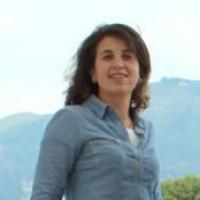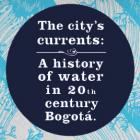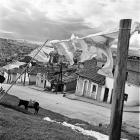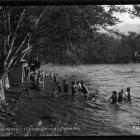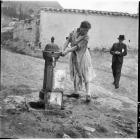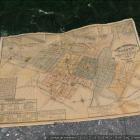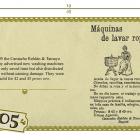Earth First! 12, no. 8
This issue of Earth First! brings good news from the protests against logging on Albion River, Northern California. In addition, Lynn Jacobs talks about the Pinaleno Mountains, Susan Ring discusses the price of wolves, and George Wuerthner raises awareness about the water consumption of cows in the west.





